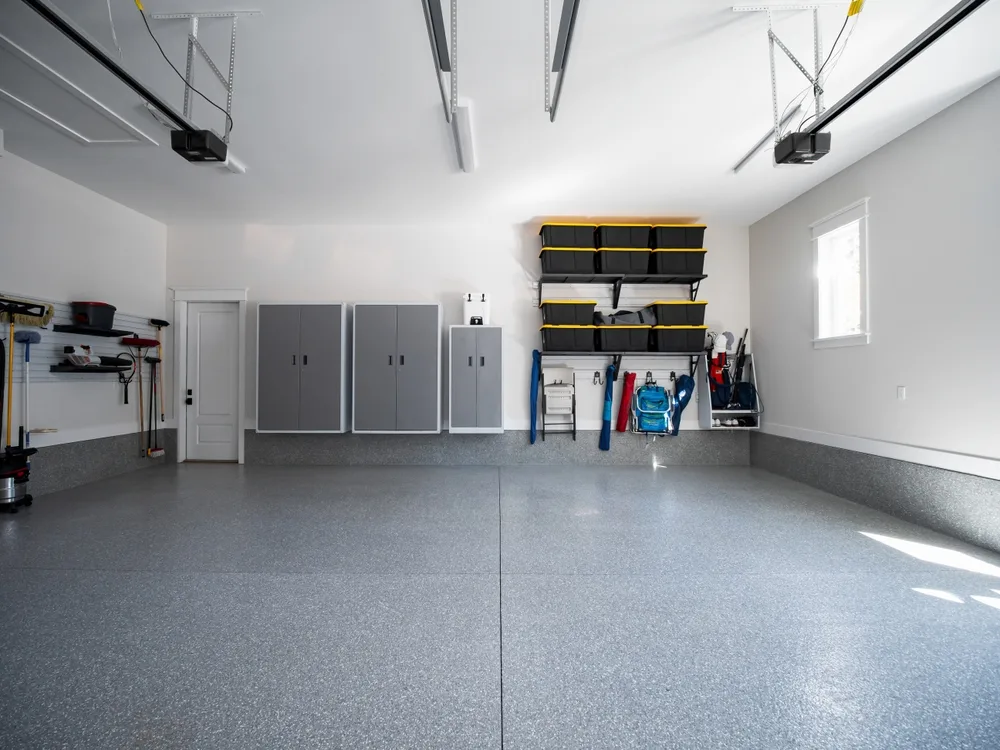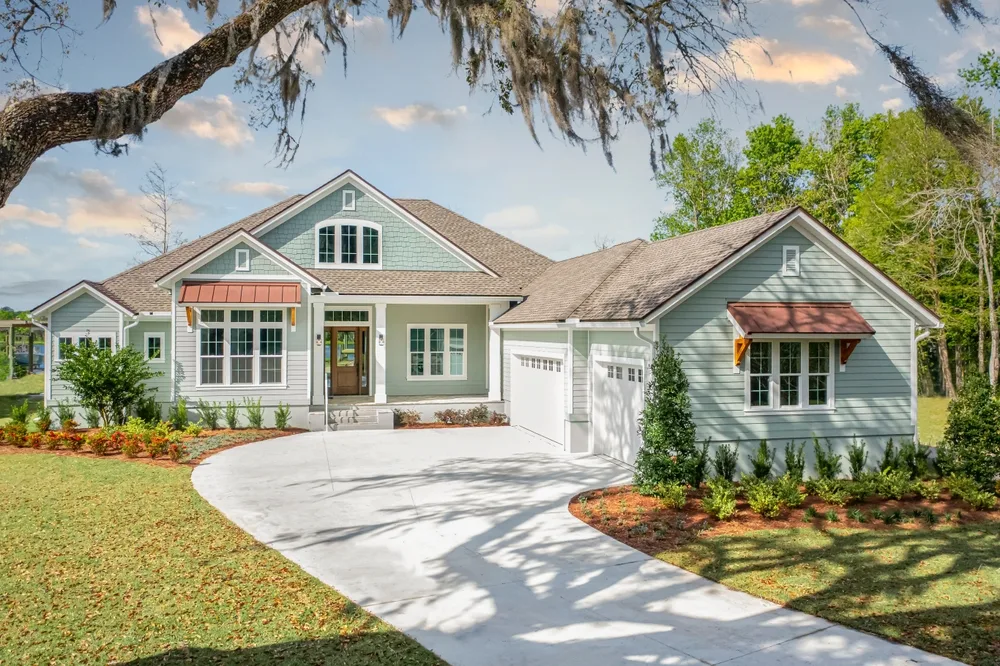Converting a garage into a functional room is an excellent way to expand your living space without the cost and hassle of building an entirely new structure. In Miami, garage conversions are a popular choice due to the city’s high property values and limited land availability.
Transforming your garage into a living space requires careful planning, adherence to building codes, and strategic design to maximize the space. For room conversions in South Florida, working with a proven and trusted home remodeling contractor, such as MT Construction Group is prudent.
Step 1: Assess Feasibility and Purpose
Before starting your project, determine why you want to convert the garage into a room. Will it be a bedroom, home office, gym, laundry room, or additional living area? The intended use will dictate the design, layout, and necessary modifications.
- Local Zoning and Permits: Check the zoning laws and local building codes from the local building department. For example, Miami-Dade County requires permits for garage conversions, especially if the garage is attached to the main structure or involves changes to plumbing and electrical systems.
- HOA Regulations: If your property is part of a homeowners’ association, review its guidelines for interior space and car garage conversions.
- Structural Integrity: Consult a structural engineer to evaluate the garage’s foundation as well as garage walls and roof for suitability.
Step 2: Plan the Layout and Design
Once you have established the project’s feasibility, create a detailed plan for the room’s layout and design.
Key tasks include:
- Draft a Detailed Floor Plan: Measure the dimensions of your garage and sketch a layout that maximizes the available space.
- Insulation and Ventilation: In addition to framing interior walls, plan for wall, ceiling, and possibly floor insulation.
- Natural Light and Egress: Consider adding windows to bring in natural light and meet egress requirements for safety.
- Electrical and Plumbing Needs: Decide on the placement of outlets, lighting, and any plumbing fixtures if applicable.
Step 3: Obtain Necessary Permits
Securing the required permits is a key step to avoid legal issues and ensure the safety of your garage room conversion project.
Permits you may need include:
- Building Permit: Required for structural changes, including insulation, walls, and windows
- Electrical and Plumbing Permits: Necessary if your project involves new wiring or plumbing installations
- HVAC Permit: Needed if you’re extending your home’s HVAC system into the garage
Visit the Miami-Dade County Permitting and Inspection Center or use their online portal to submit your application.
Step 4: Prepare the Garage for Conversion
Before construction for the new room begins, prepare your garage by addressing structural and functional requirements.
- Clear the Space: Remove all items from the garage and consider renting temporary storage space or extra space if needed.
- Address Moisture Issues: Inspect for leaks or cracks in the garage floor and walls. Miami’s coastal environment increases the risk of water intrusion, so apply waterproofing solutions if necessary.
- Raise the Floor: Many garages are built lower than the main house. Raising the floor to match the rest of your home helps prevent flooding and improves insulation.
- Seal the Garage Door: Decide whether to remove the garage door entirely or seal it permanently. If you’re removing the door, replace it with a wall or windows.
Step 5: Install Insulation and Drywall
Proper insulation in your garage space is essential for maintaining a comfortable temperature in Miami’s climate.
Follow these steps for drywall installation:
- Insulate Walls and Ceiling:
- Choose insulation materials suitable for Miami’s climate, such as spray foam insulation, fiberglass batts, or rigid foam panels.
- Install insulation between wall studs and ceiling joists, ensuring all gaps are sealed to maximize efficiency.
- Insulate the Floor:
- Add rigid foam insulation beneath the newly raised floor or underlay to prevent heat transfer and enhance comfort.
- Install Drywall:
- Cover the insulated interior walls and ceiling with drywall. Use moisture-resistant or mold-resistant drywall to combat high humidity.
- Tape and mud the drywall seams for a smooth, professional finish.
- Seal Gaps:
- Use caulk or spray foam to seal gaps around windows, doors, and electrical outlets to improve energy efficiency and prevent drafts.
Step 6: Update Electrical and Plumbing Systems
For a fully functional room, it’s important to update or install electrical wiring and plumbing systems. This work should always be done by licensed professionals to ensure safety and compliance.
- Electrical Work:
- Plan the placement of outlets, switches, and lighting fixtures. Miami-Dade County requires a minimum number of outlets in living spaces based on square footage.
- Install energy-efficient lighting, such as LED fixtures, to reduce electricity consumption and heat generation.
- Plumbing:
- For bathrooms or sinks, extend the water supply and drainage lines into the garage. Miami-Dade’s plumbing codes specify pipe material and slope requirements to ensure proper drainage.
- Install water-saving fixtures, such as low-flow toilets or faucets, to meet Florida’s water conservation standards.
- HVAC:
- Extend your home’s central HVAC system into the garage by adding ducts. Ensure the unit can handle the additional load.
- Alternatively, install a ductless mini-split system for a more energy-efficient solution that’s particularly useful in Miami’s climate.
- Smart Climate Control:
- Consider installing a smart thermostat to manage the room’s temperature efficiently. Smart systems can adapt to Miami’s fluctuating weather conditions, providing optimal comfort.
Step 7: Add Flooring
The garage floor plays a role in making the space comfortable, functional, and visually appealing for its new purpose. Options include:
- Luxury Vinyl Plank (LVP): A top choice for its durability, waterproof properties, and affordability. It handles Miami’s high humidity well and mimics the look of wood or tile without the risk of warping.
- Tile Flooring: Ceramic or porcelain tiles are excellent for their moisture resistance, longevity, and ability to stay cool in Miami’s hot climate. Choose non-slip tiles for added safety.
- Engineered Hardwood: Offers a sophisticated and warm look. However, due to Miami’s moisture levels, install a high-quality moisture barrier underneath to prevent water damage.
- Epoxy-Coated Concrete Floor: A budget-friendly option for a sleek, polished look. It’s durable, easy to maintain, and resistant to water, but may require a rug or additional insulation for warmth underfoot.
Step 8: Incorporate Windows and Doors

Windows and doors are critical not only for light and ventilation but also for ensuring safety and energy efficiency in Miami’s climate.
- Impact-Resistant Windows: These are mandatory in Miami-Dade County’s hurricane zones. They provide superior protection against storms and enhance security.
- Energy-Efficient Windows: Consider windows with a low-E coating and double-pane construction to reduce heat transfer and save on cooling costs.
- Additional Windows: If your garage has limited natural light, consider adding more windows or a glass-paneled door to create an open and airy feel.
Tips for doors include:
- Exterior Door: Install a sturdy, weather-resistant exterior door for direct outdoor access. Fiberglass or steel options are ideal for durability in Miami’s humid climate.
- Insulated Interior Door: If the garage connects to the house, choose a well-insulated door to reduce energy loss and sound transmission.
Step 9: Decorate and Furnish
Once the structural work is complete, it’s time to decorate and furnish the room according to its intended purpose.
- Use light, airy colors to reflect heat and enhance natural light.
- Incorporate tropical or coastal décor for a Miami-inspired aesthetic.
- Choose space-saving furniture to maximize functionality.
Step 10: Inspection and Final Approval
Schedule an inspection with the Miami-Dade County Building Department to ensure all work meets code requirements. Once approved, you can officially enjoy your newly converted space.
Why Choose MT Construction Group for Garage Remodeling in South Florida?
Family-Owned Excellence Since 2010
As a family-owned business with over a decade of experience, MT Construction Group has proudly delivered premier remodeling and building services across South Florida. From residential homes to commercial properties, we have built a reputation for innovation, trustworthiness, and unmatched quality.
Expertise You Can Trust
Your garage remodeling project deserves skilled professionals to ensure flawless execution. At MT Construction Group, we manage every aspect of the process, from securing permits to coordinating subcontractors so that you can enjoy a stress-free experience. With industry knowledge and hands-on expertise, we deliver streamlined and efficient results, saving you time, effort, and money.
All Services Under One Roof
Avoid the hassle of dealing with multiple contractors. Our end-to-end approach integrates design, construction, and project management, ensuring seamless communication and superior delivery. From initial consultation to final inspection, we provide a single point of contact, making the remodeling process simpler and more efficient.
Insurance and Cost-Effective Solutions
At MT Construction Group, we mitigate risks by maintaining full liability insurance and employing skilled professionals. Our strong trade connections enable us to source high-quality materials and subcontractors at competitive rates, ensuring your project stays on budget and schedule.
Cutting-Edge Innovation
We constantly upgrade our methods and equipment to deliver cutting-edge solutions that exceed expectations. With hundreds of successful projects and national recognition, MT Construction Group is your trusted partner for transforming your garage into a functional, stylish, and valuable space.To learn more, call MT Construction Group at 786-481-1015 or request a free quote online.
